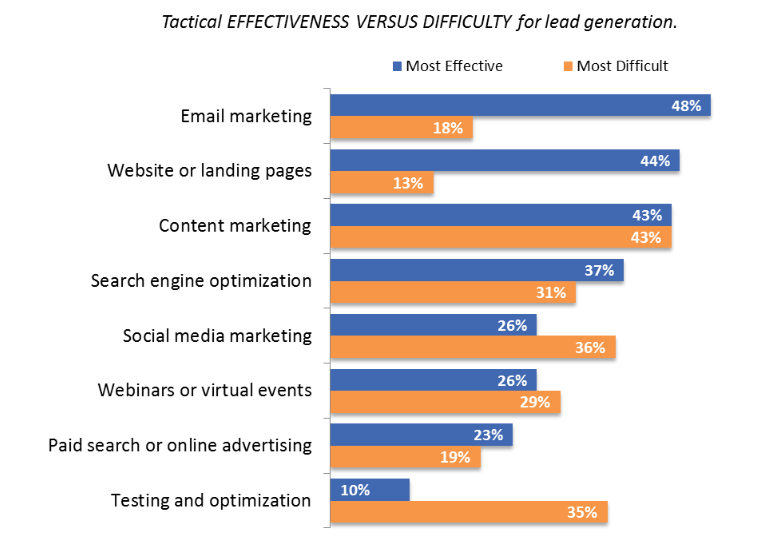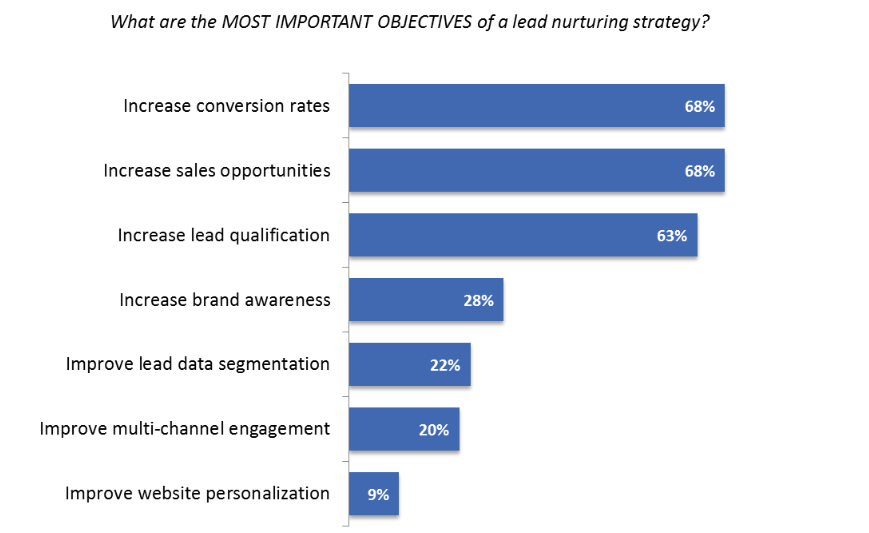Lunes, Hunyo 27, 2016
Waldorf Astoria's Chinese buyer to turn most of rooms into condos
Which Lead Generation Tactics Get the Best Results?
When it comes to lead generation, quality matters over quantity. But by the same token, people don't like being sold to and they resent the notion that they're simply “numbers in a database somewhere”. With that in mind, Ascend2 conducted research on the most effective tactics for both lead generation and lead nurturing. What they found out may surprise you.
Which Strategies Were Most Effective?
Email marketing is still king of the hill when it comes to lead generation effectiveness
It may come as no surprise, but for sheer ease of implementation and effectiveness of results, nothing beats good, old-fashioned email marketing. Websites and landing pages are close behind, with content marketing making noticeable gains. It's also worth noting that the survey shows email marketing as one of the easiest tactics to implement.
Email marketing is one of the easiest tactics to launch
But notice the relative difficulty of other measures such as content marketing. Sure, it gets decent results, but at what cost? Effectiveness and difficulty are tied. Keep in mind, email marketing has been around much longer, and therefore we've had much more time to experiment and learn how to interact with prospects. Huge strides are being made in creating new tools that make content marketing more relevant and personable, but we're still in the collective crawling stages with it.
And while we're on that topic, take a look at testing and optimization. Low effectiveness, relatively high difficulty. Surprised? Don't be. That's because testing and optimization isn't a lead generation strategy in and of itself – it's something you do with the other strategies.
So now we know that email marketing is both one of the best converting and most cost effective measures – what next? Before you load up and catapult a bunch of messages to your prospects' inboxes, remember that you need to nurture the leads you've gotten into your funnel at this point. Fortunately, Ascend2 also looked at the most promising lead nurturing strategies and what trends were getting the kinds of results their teams had hoped for.
Lead Nurturing Goals
When asked the question about the most important objectives of a lead nurturing campaign, the answers were varied. Most responded as you might imagine – to increase conversion rates or open up more sales opportunities.
Right behind these two responses was a surprising answer thrown into the mix – “lead qualification”. This idea namely revolves around ensuring that a lead is best poised to make a decision and convert. This means understanding the difference between “interest” and “intent” – many people are interested in something, but far fewer have an active intent at that point to purchase. As of yet, there are no tools which can seamlessly predict this kind of action, although there are many ways to go through the process. No matter what, it's still a heavy burden on the sales team to discern who's ready to act and who's just a well-meaning enthusiast.
So when it comes to nurturing leads, which strategy came out on top? Here again, email marketing:
But what, specifically is it about email that people respond to? As it turns out, the best effects on lead nurturing come from creating relevant content:
But notice the other points below these – points which have far fewer reported success rates:
- Campaign personalization
- Targeting by persona
- Targeting by stage in the decision-making process
These are all the very things that email marketing excels at! You can use your CRM data to segment leads based on the persona they most closely match, as well as what stage they're in when it comes to making a decision. You can personalize your campaign with all the relevant details in the world, but prospects still won't bite.
The Crossroads of Relevance and Relate-ability
So far, marketing has tried to create the appearance of relevance in campaigns. We try to do this by personalizing emails to give the prospect more of a sense of “me-to-you” communication. We try to align them with personas like theirs in an attempt to get inside their minds and find out what motivates them to purchase. We look at how close they might be to making a decision and we market accordingly.
The fact is, marketers are both swift and smart in using technology to automate much of their follow-up and nurturing tasks. The problem however is that people know it. They know you're just filling in blanks in a software program or trying to put them into neat boxes based on a few scraps of information that you've gleaned from them.
Of course that begs the question, “How are we supposed to create relevant content when people won't tell us anything about themselves?” They will – you simply have to ask. When was the last time you connected with a prospect and really meant it when you said, “how can we help you?” We're so conditioned to answer that we're “just looking” for fear of being sold to.
Creating Better Communication
Maybe the better question is, “what's challenging or frustrating you? What can I help solve for you?” If a prospect knows that you can relate to them personally, they'll be much more open to sharing with you. And while it's not currently possible to write content that appeals to everyone at every moment, it is possible to open up communication and get suggestions for new content, while acknowledging the source.
The bottom line whether you're looking to attract more leads or help grow the leads you have is shifting your approach from pure sales and marketing to problem solving. Email is a prospect's open invitation to get as close to them as you possibly can. It's something they can access anytime, anywhere. And it's the best shot you're going to have at learning about their unique issue and demonstrating precisely how your product or service solves it. Not in a high-pressure, hype-filled way, but in a friendly, open, personal way.
We have all the right tools and processes – we just need to add in the human factor.
What are your thoughts on using email marketing for lead generation and nurturing? Have you found in your own experience that other tactics work better? Do you think we should spend less time automating and more time communicating? Share your thoughts and perspectives with us in the comments below.
About the Author: Sherice Jacob helps business owners improve website design and increase conversion rates through compelling copywriting, user-friendly design and smart analytics analysis. Learn more at iElectrify.com and download your free web copy tune-up and conversion checklist today! Follow @sherice on Twitter, LinkedIn or Google+ for more articles like this!
Biyernes, Hunyo 24, 2016
23 Must-Have Tools for Your Marketing Stack
It's time to upgrade your SaaS marketing team.
With the right tools, your staff has the opportunity to acquire new users, offer quality customer service, and boost retention rates.
However, some businesses shy away from experimenting with new tools.
“New technology can be scary, and you don't want to struggle with a tool that has a steep learning curve. Unfortunately, this means companies are missing out on some great products that can make life and business so much easier,” writes Travis Wright, chief marketing technologist at CCP Global.
The key is to create a marketing stack that fits your SaaS's needs, not the latest trends. Moreover, don't feel obligated to have a tool for every function of your business. Only try a tool when you think it can solve a problem or make your team more efficient.
Here are 23 tools to consider for your marketing stack.
Customer Support
Research reveals that “76% of consumers look at customer service as a test of their value to a brand.” Give your users value by answering their questions through customer support.
1. HappyFox
HappyFox handles all inbound requests in one ticketing system. And your service reps can contact multiple people from the same organization about a resolution. Unlike the some other help desk companies, you receive a secure help desk with SSL integration and 24/7 support at no extra cost.

2. Freshdesk
Freshdesk's shared inbox lets your team collaborate and resolve issues together. You also can set requirements for resolution times.

Onboarding
Onboarding customers is vital to ensure people understand and use your product effectively. This process is a way to not only familiarize consumers with your app, but also to formally introduce them to your brand.
Kate Griggs, product owner at InterContinental Hotels Group, says, “User onboarding is one of the most crucial–and frustrating–elements of any product launch. It is the first impression, and it needs to be planned and analyzed for future adoption and growth.”
3. Appcues
Appcues enables you to build a personalized user onboarding experience. With targeting capabilities, you can show the right experience to the right user at the right time. It's highly recommended because non-developers can run experiments and improve your activation strategy.

4. WalkMe
WalkMe gives you the control to change content, design, placement, and functionality of each step of the on-screen guidance. Its featured text option draws the user's attention to important announcements.
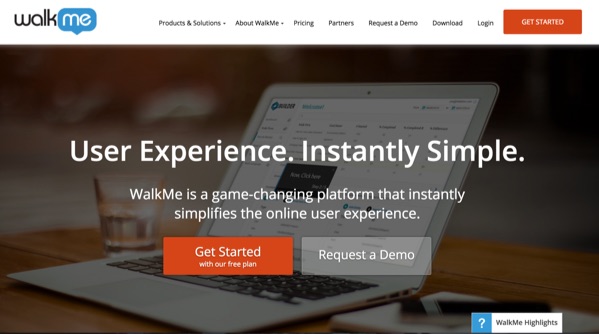
Social Media
People are constantly sharing information online. And right now, there are 2.3 billion active social media users. Your SaaS brand can learn what your customers are saying and can engage directly with social media.
5. Snapchat
Snapchat gives brands the chance to interact with customers. Boost brand awareness with short video clips. Moreover, the platform is America's second-favorite social network. That opens the doors to introduce your product to more interested buyers.

6. Mention
Mention monitors conversations about your brand. Also, identify influencers and subject matter experts in your industry.
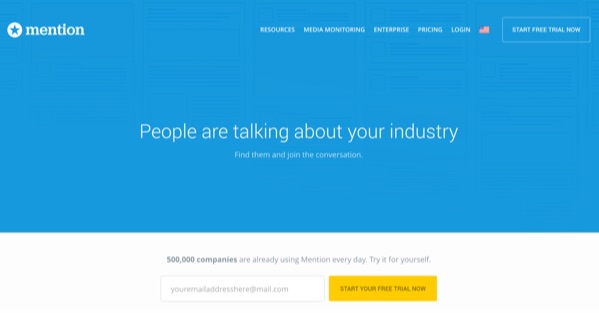
7. Buffer
Buffer helps drive more clicks on your posts and traffic to your site. The publishing tool lets you share content across multiple social networks.
Simplicity is the best word to describe Buffer. They offer simple analytics, making it easy to see your best performing social messages.
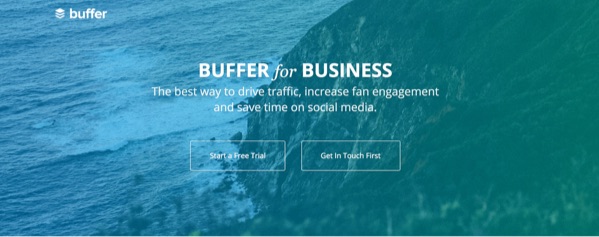
Analytics
Your SaaS can benefit from gathering qualitative and quantitative data from your website. It moves your team to create a worthwhile online experience for your customers.
“When you are armed with this knowledge, you get to see how effective your website is and what changes you need to make in order to make it even better,” writes John Jantsch, founder of Duct Tape Marketing Consultant.
8. Kissmetrics
Kissmetrics tracks individual and group visitor behavior. You'll collect data from their first anonymous visit to their lifetime value.
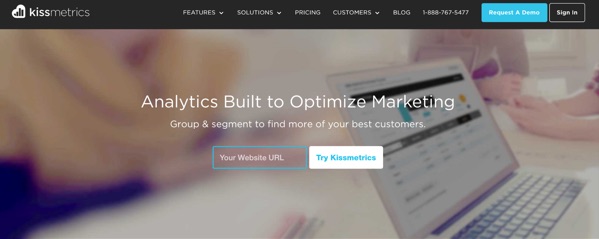
9. Crazy Egg
Crazy Egg lets your team see exactly what visitors are doing on your website. For example, you'll discover where people are clicking and where they stop scrolling on the page. Their Confetti Tool is really useful. It distinguishes your clicks, segmenting them by referral sources and search terms.

SEO
Make it easy for your customers to find you. Work with your team to generate visits to your site. If search engines can't find you, then your ideal customers can't either.
“…[B]usinesses are normally somewhat reluctant to get involved with SEO in the first place, and want to start small, with the basics due to budgetary concerns…If you want to see better results, you have to scale upward, in both quality and volume,” writes Forbes contributor Jayson DeMers.
10. Moz Pro
Moz Pro centers around improving your rankings and search engine visibility. And you can compare your mobile vs. desktop rankings.
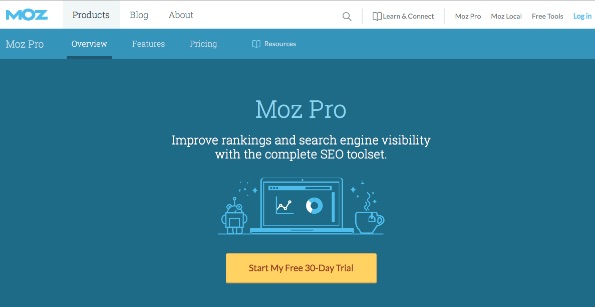
11. SEMrush
SEMrush finds long tail keywords and phrase matches. You also can monitor your competitors' inbound links. And their US keyword database contains more than 80 million keywords!
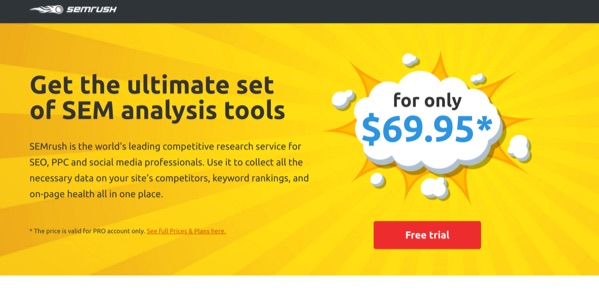
Loyalty
A Forrester study reports that “81% of marketing decision makers place customer loyalty as a top priority for improvement.” Customer expectations for loyalty programs have risen. And consumers desire incentives for their brand loyalty.
12. Loyalist
Loyalis is a rewards program created to boost your customer retention. You can even entice buyers with points if they share information via social media.
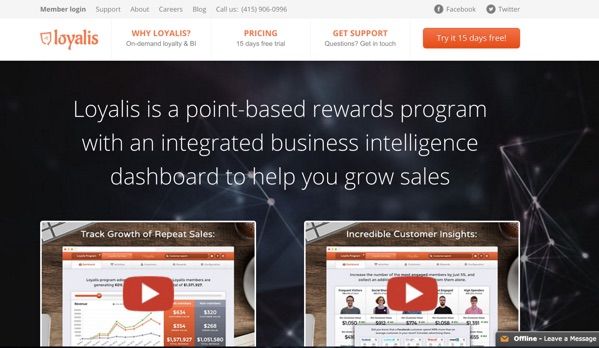
13. Social Annex
Social Annex helps your team deliver personalized actions. The software makes it easy for your customers to earn points and redeem prizes. Gamification is their signature tool. The platform has components like competition, tiers, and badges to enhance brand engagement.
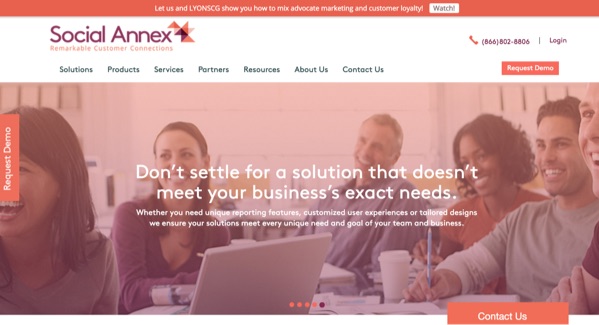
Email Marketing
Communication is crucial to building quality customer relationships. Email is an effective tool to educate and respond to your consumers.
14. Customer.io
Customer.io helps your team send personalized messages. And connect every message to an action.

15. Vero
Vero empowers your team to segment users and combine conditions to send targeted campaigns. Sync with your customers' routines and send emails based on time zones.
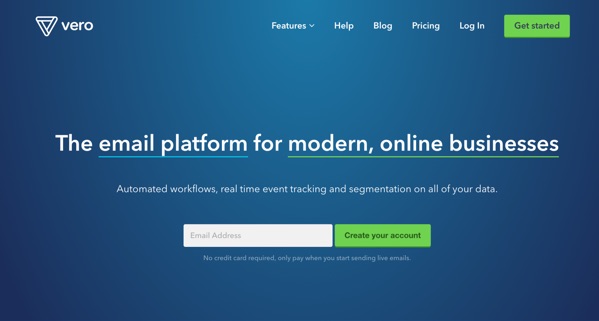
Content Marketing
According to Demand Metric, content marketing “costs 62% less than traditional marketing and generates about 3 times as many leads.” Consider integrating content into your marketing strategy.
16. CoSchedule
CoSchedule equips you with a drag-and-drop marketing calendar. That way you can plan, publish, and promote without the hassle.
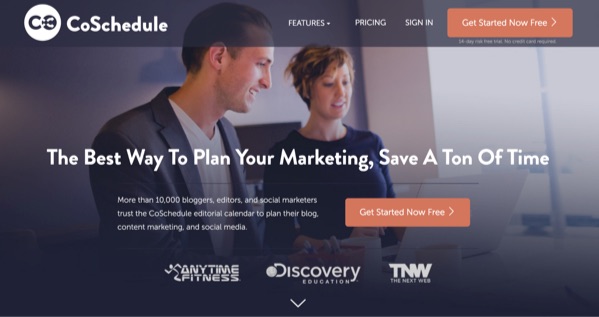
17. Buzzsumo
Buzzsumo uncovers the most shared content across social networks. Receive content alerts regarding keywords, authors, and domains. Their chrome extension places all the necessary information at your fingertips.
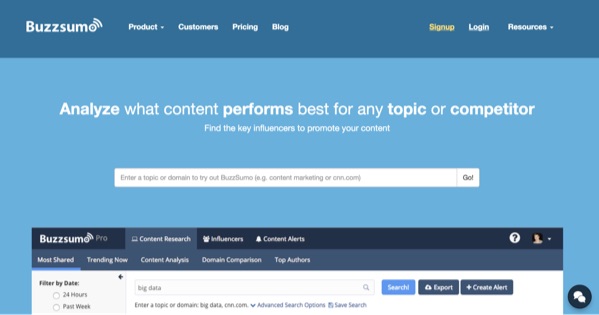
18. Notifier
Notifier scans your blog posts, finds people you mentioned, and then lets you notify them. It's a one-stop shop to bringing awareness to your content.
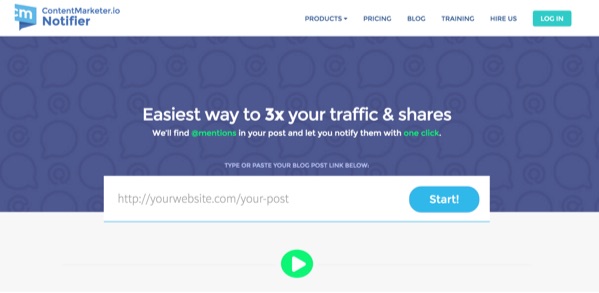
Customer Feedback
Are your customers satisfied? Feedback guides your team's decision-making and influences your customer success roadmap.
“Every business hopes to better its profits. The best way to do so is to serve the customer as fully as possible, especially if you can get each consumer to lead the way. By seeking customer feedback, many businesses gain a clearer picture of ways they can improve,” states Larry Alton, a business and online marketing consultant.
19. Riddle
Riddle gathers deep audience insight. Collect business intelligence through engaging quizzes and polls.
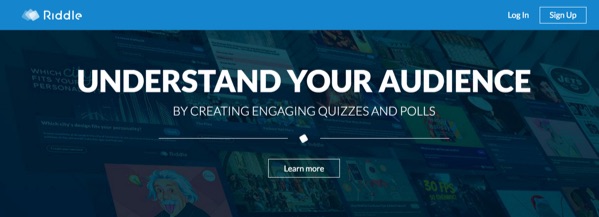
20. Formstack
Formstack makes it possible to compile customer data. With A/B testing, you'll find out which forms convert at higher rates. Their Social Autofill feature lets your users autofill form fields with social profiles.
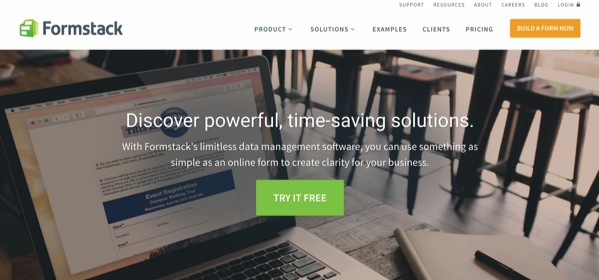
Video
Hubspot reports that “64% of users are more likely to buy a product online after watching a video.” It might benefit your team to create more videos.
21. Animate
With Animoto, gain access to dozens of video styles with unique filters and transitions.
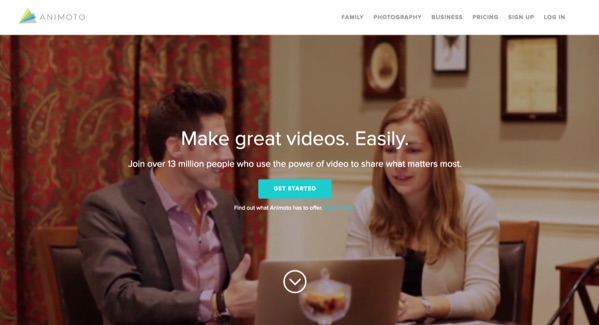
22. Wistia
Wistia allows you to restrict where videos are played. Every view generates a heatmap, showing exactly which parts of the video the viewer watched. Also, Wistia thrives on collaboration, share videos and analytics with your team and see their time-coded comments.

23. Vimeo
Vimeo enables you to upload and share your videos. They have a free plan and a paid plan that costs as little as $59.95 per year.

Upgrade Your Stack
Useful tools help your team work more efficiently. So, don't be wary about experimenting with different options.
However, be mindful about how a tool can solve your company's challenges. You won't need a tool for everything.
Start exploring. Upgrade your marketing stack.
About the Author: Shayla Price lives at the intersection of digital marketing, technology and social responsibility. Connect with her on Twitter @shaylaprice.
Miyerkules, Hunyo 22, 2016
Which Matters More: Traffic or Testing?
In recent years, there has been a shift in attention from traffic to testing.
It makes sense, it's becoming increasingly hard to win at online marketing. In many ways, it seems like the easiest way to get more out of your traffic is by improving site performance.
As exciting as the idea of conversion rate optimization is, though, the question remains:
Which affects your marketing campaign success more-traffic quality or site quality?
It's an important question to consider. For most marketers, time and resources are limited, which means you need to spend the majority of your time in the areas that produce the best results.
So, if you have to choose between refining your traffic and perfecting your site, which optimization will give you the best bang for your buck?
Running the Numbers
To evaluate how testing and traffic affect your marketing success, let's run a quick hypothetical.
Traffic
In this scenario, let's suppose that you are running paid search ads for your business. You've got a decent site/landing pages and-on average-you pay $4 per click.
Recently, you spent $20,000 on a new campaign that produced 5,000 clicks.

That's a lot of traffic, right?
Unfortunately, there's a problem. Most of that traffic isn't actually interested in what you're selling.
As it turns out, the average paid search account wastes 76% of it's budget on search terms that never convert. In other words, 76% of paid search ad spend goes towards the wrong traffic.
For you, that means you spent about $15,000 on clicks that have no chance of converting.
Ouch.
They may have accidentally clicked on your ad…or they thought you were selling something different than you actually sell. Maybe you were simply bidding on the wrong keywords.
Thanks to all those irrelevant clicks, only 1,250 of your 5,000 site visitors are actually potential customers.
So, in terms of your relevant traffic, here's what your ad spend really paid for:

Hm, that's not nearly as exciting. You might be paying $4 per click, but you're actually paying $16 per relevant click.
But still, that's nothing a little testing can't take care of, right?
Testing
Now, as a best practice sort of marketer, you ran an A/B test on all of that traffic.
Unfortunately, what you didn't realize was that you weren't testing 5,000 visitors. Remember, only 25% of your traffic is actually interested enough to potentially convert.
As a result, you thought you were testing this:
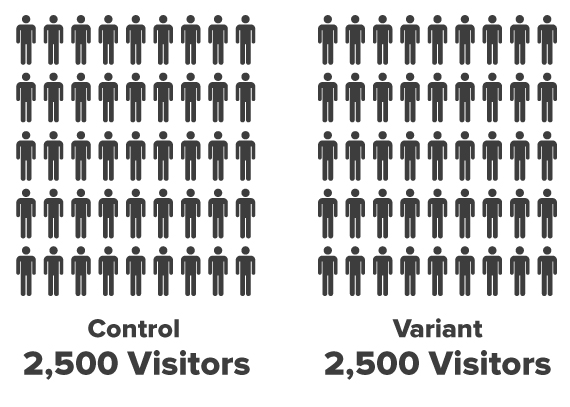
When in reality, you were testing this:
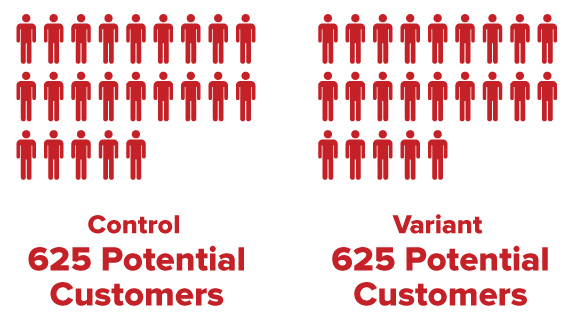
That's unfortunate, but you've still got enough traffic to run an effective test.
During your test, you get 100 conversions in your control (variant A in your A/B test) and 120 conversions from your variant (variant B).
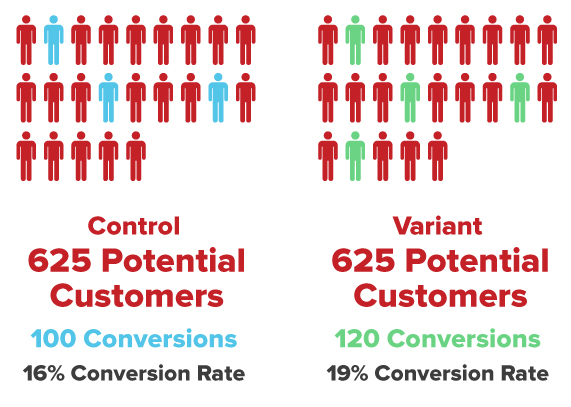
Sweet! Clearly, your interested traffic responded much better (20% better, to be precise) to your variant.
At $5 per click, you just dropped your cost-per-conversion from $25 to $20.83. The results are statistically significant, so that's a win, right?
But wait, before you start throwing confetti, remember, you didn't pay for 1,250 relevant clicks.
You paid for 5,000 clicks.
Here's what your test population actually looks like:
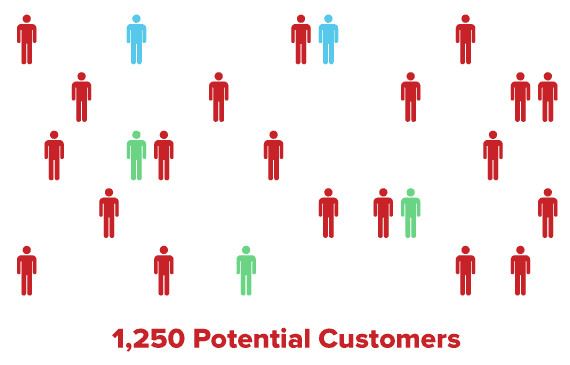
All of a sudden, your results don't seem nearly as exciting:
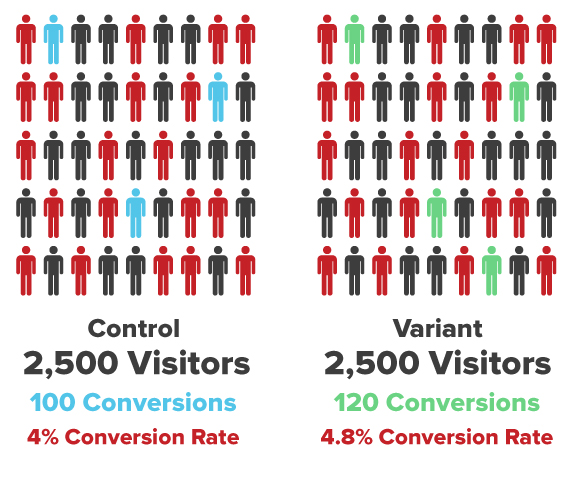
Your test is still a success. Your conversion rate went up by 20%. However, all the “wrong” traffic you paid for has diluted your conversion rates to 4% and 4.8%.
And here's the real problem-your shiny, new, optimized cost-per-conversion is $83.33.
$83.33?
But wait a minute, when we were only looking at relevant traffic, the cost-per-conversion for your control was only $25!
That means your “optimized” cost-per-conversion is over 3x what you would have paid if you were only paying for the right traffic-even without testing.
Sure, your test helped reduce your cost-per-conversion, but you can't fix your traffic by testing your website.
What Happens When You Stop Paying for the Wrong Traffic?
So, if you can't test your way out of the wrong traffic, what if you stopped paying for those irrelevant clicks?
Well, over the years, we've used this tactic countless times for clients.
Here's what happens:
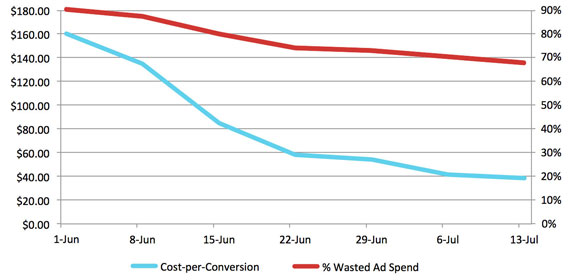
As you can see, as you waste less money on the wrong traffic, your cost-per-conversion drops…exponentially.
For this particular client, reducing their wasted ad spend from 91% to 68% cut their cost-per-conversion from $160 to $39.
And it happened in a matter of weeks.
Now, don't get me wrong. I'm a big believer in the power of testing. However, every successful test starts with the right traffic.
And the Winner Is?
So, traffic or testing…where should you be focusing your efforts?
To be honest, it really depends on where your campaigns are at. If your online marketing is putting the right traffic on your site, a great testing strategy can help you squeeze every last conversion out of your clicks.
However, if you're like most business, you're probably wasting most of your budget on the wrong traffic. In this case, dialing in your marketing campaigns will deliver the biggest and fastest results.
Here are 3 things to start with:
- Define your audience. Who is the “right” audience? What are their pain points? Do your ads speak to the right pain points?
- Review your targeting. Does your targeting match your audience profile? Are you targeting the right demographics?
- Use your analytics. Are your clicks producing conversions and sales? Which marketing channels are producing the best results? Do your results justify your spend?
Once your marketing is primarily driving the right traffic to your site, you can then use testing to really optimize your campaign performance.
And, since you'll be testing the right traffic, your results will be truly meaningful to your business.
Conclusion
Obviously, in a perfect world, you would have the time and resources to work on both traffic and testing. In the real world, though, sometimes you have to prioritize.
Having used both testing and traffic optimization for years to improve marketing performance, I'm definitely a big fan of both. However, testing works best when you are optimizing for the right traffic.
So, if you can only pick one, it makes the most sense to tighten up your traffic…and then start testing.
Traffic or testing-which would you pick? Where do you spend your time and why?
About the Author: Jacob Baadsgaard is the CEO and fearless leader of Disruptive Advertising, an online marketing agency dedicated to using PPC advertising and website optimization to drive sales. His face is as big as his heart and he loves to help businesses achieve their online potential. Connect with him on LinkedIn or Twitter.

